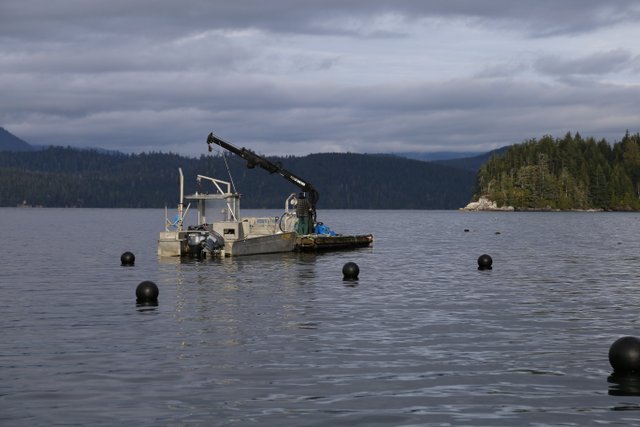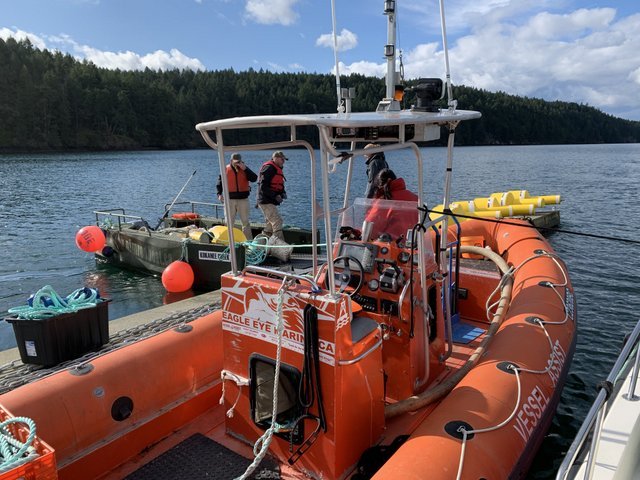
Our Ocean Farms

Ocean grown and hand harvested in Canada’s Salish Sea
Our sites are carefully selected for their seawater exchange, deep water upwelling, nutrient interactions with local shellfish and shelter from winter storms. Their proximity to historical kelp beds will allow our seed to reestablish once prominent submarine forests. Our team will continue to experiment with novel seeding techniques and planting methods for the cultivation of native kelp species.
We aim to dedicate a percentage of our farms to reseeding local kelp beds, with plans to cultivate robust and resilient plants to stand the test of environmental fluctuations. We also commit a portion of our harvests to support environmental innovation, sustainable aquaculture and agri-food and biomaterial development Provincial and Federal research programs.
Video Gallery

Dixon, Island – Barkley Sound, BC.

48 deg 51.217 N, 125 deg 6.865 W
Tucked in behind Dixon Island, this site is sheltered from the fetch of Barkley Sound’s Pacific swell. Our first farm experimented with a dual species cultivation approach on suspended ropes that ran parallel along the seafloor. Our kelp species compliment one another by occupying differing depths with little shading. Early season plants had higher total essential amino acids, while later season plants were notably richer in glutamic acid, which supports our digestive and immune systems. When grown within the right conditions, Pacific Sea Kelp offers a full-bodied complement of micro and macronutrients.












